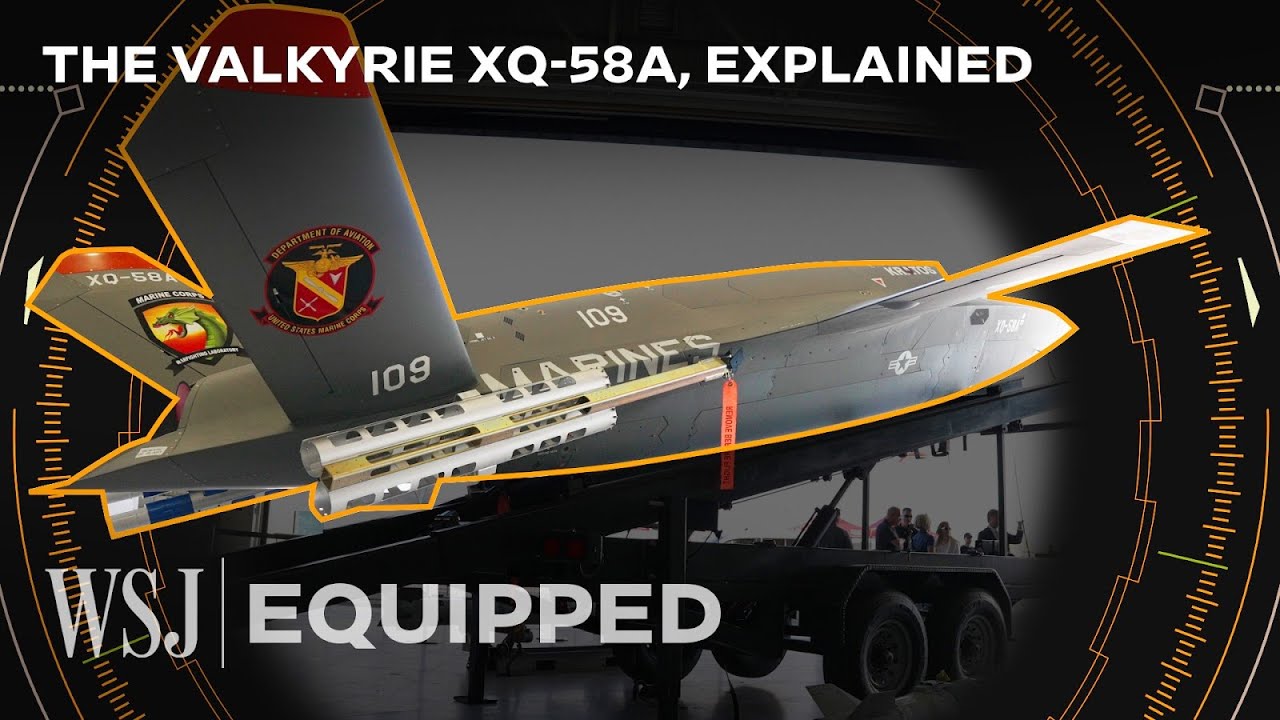
Artificial Intelligence (AI) is employed in military drones to augment their functionalities in numerous ways. Here are some salient points from the research findings:
AI’s Functionality in Military Drones:
- Boosted Efficiency: The precision, data analysis, environmental detection, obstacle avoidance, and optimal flight path planning of military drones are all enhanced by AI algorithms.
- Tracking Targets: Drones equipped with AI can trace targets with exceptional accuracy, offering crucial intelligence for reconnaissance tasks and target identification.
- Autonomous Drone Swarms: The coordination among drone swarms is facilitated by AI, making them more potent in missions such as critical infrastructure destruction.
- Implications for the Future: By analyzing data and making real-time decisions, AI-driven drones can reduce collateral damage and civilian casualties during military operations.
Progression of AI in Aerial Warfare:
- Combat Efficacy: Autonomous operation of drones, adaptation to shifting battlefield conditions, and execution of operations with increased accuracy are all enabled by AI.
- Strategic Decision-Making: For strategic decision-making purposes, AI processes a vast amount of data to offer actionable insights leading to more effective resource allocation and mission accomplishment.
- Decreased Human Error: The risk of severe human errors that could occur in combat situations is minimized by automating tasks and decision-making processes through AI.
Upcoming Trends:
- Within the next 18 to 24 months, the U.S. plans on developing autonomous weapons systems like Replicator to deploy thousands of autonomous drones across multiple domains.
- The military is investigating the use of cost-effective aerial vehicles and drone swarms for coordinated missions while utilizing AI for improved combat efficacy.
In conclusion, Artificial Intelligence is instrumental in enhancing the capabilities of military drones. It improves operational efficiency, target tracking, autonomous swarm operations along with strategic decision-making in aerial warfare.

